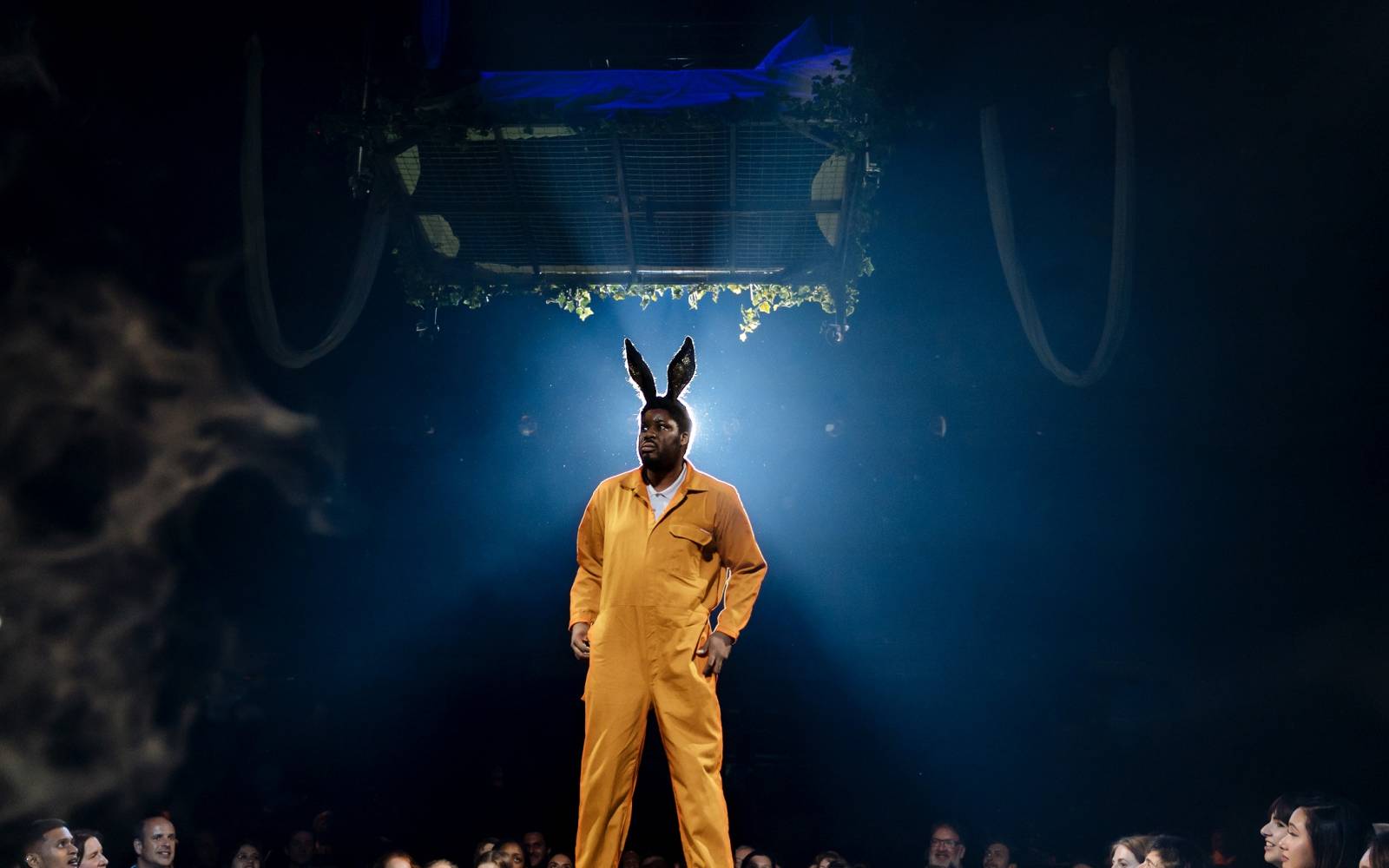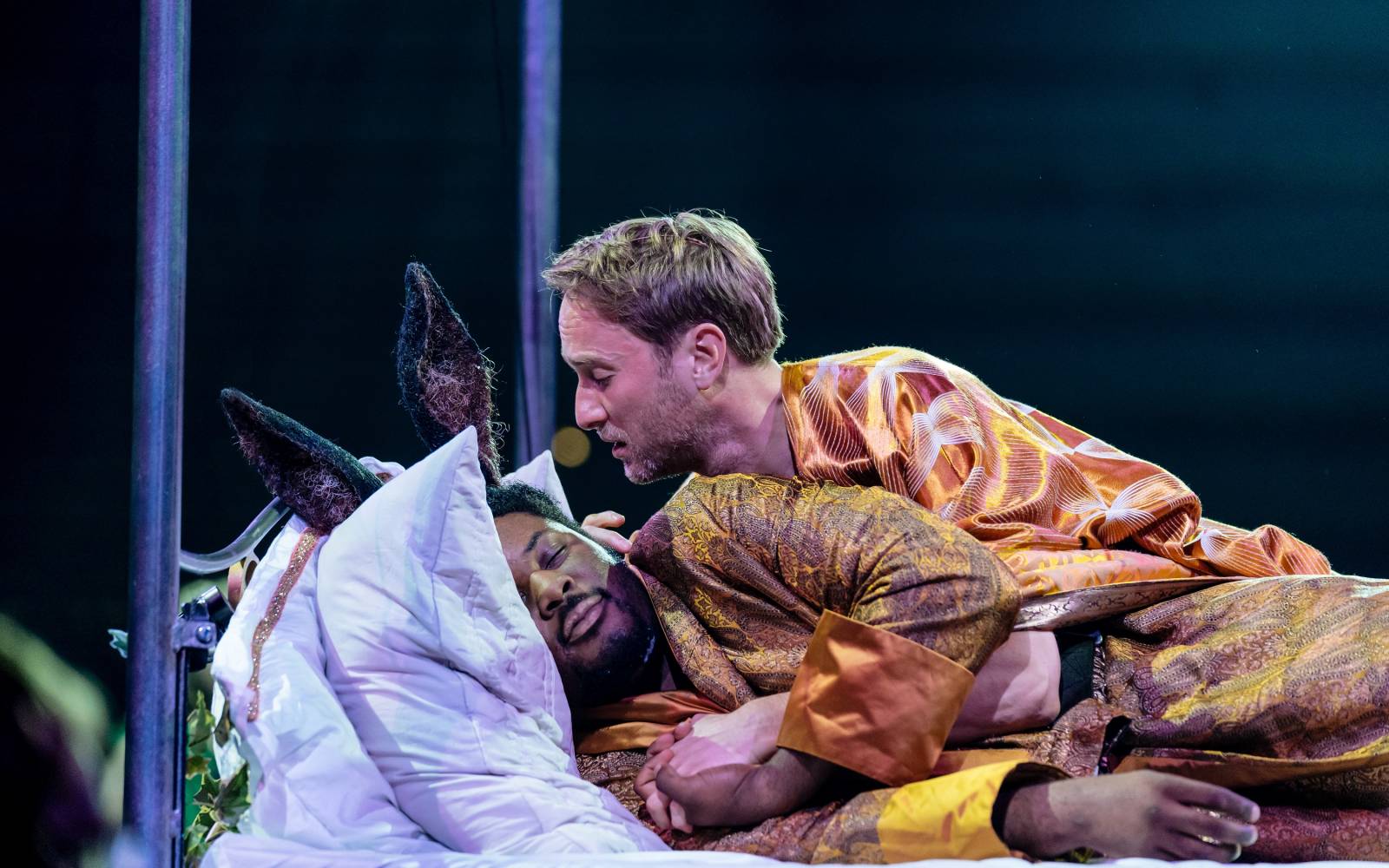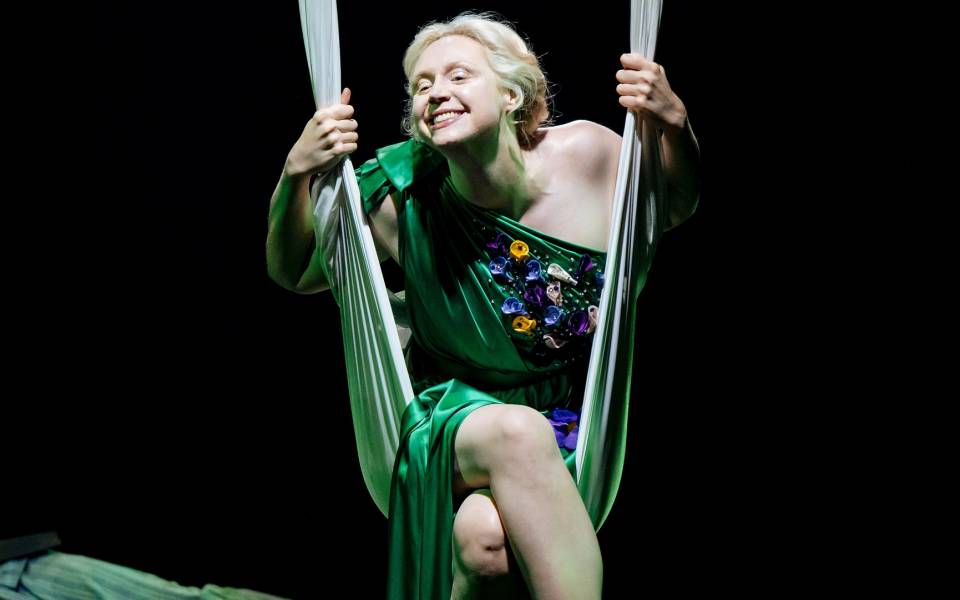
Thou Art Translated
Ayanna Thompson
A Midsummer Night’s Dream is a play that is deeply invested in exploring what happens when situations, locations, people, plots, and objects change, move, migrate, or to use the play’s own terminology “translate”. Does moving from Athens to the woods change one’s status, nature, or perspective? Does marriage change one’s sense of self, or how one is perceived and treated by others? Does adopting a child make him yours in his eyes, yours, or anyone else’s? Does having a bodily prosthetic – whether temporarily or permanently – change one’s sense of what counts as one’s body or one’s essence? And does watching a play move or alter the viewer at all, and if so, for how long? When Quince says, “Bless thee, Bottom, bless thee! Thou art translated,” Shakespeare invites his audience to ponder what alchemical matters occur in translation.
The alchemy of translation does not work evenly or equally for Shakespeare’s characters in A Midsummer Night’s Dream. In fact, the play presents the unevenness of translation with characters at all ends of the tensile extremes – from those whose worlds expand from translation to those whose worlds retract from it. Bottom, who is translated into an ass, represents the extreme version of world expansion. After waking from his “dream”, Bottom experiences synaesthesia, a neurological condition in which perceptual doublings occur, like hearing a colour, or smelling a letter of the alphabet. Bottom explains, “The eye of man hath not heard, the ear of man hath not seen, man’s hand is not able to taste, his tongue to conceive, nor his heart to report what my dream was.” Before he was translated into an ass, Bottom’s senses were singular. After his translation, his senses are multiple. His world has been expanded, and he appears to be forever altered. The Bottom who will exist in Act Six (i.e., after the events of the play) will probably be a very different man from the one we encountered at the beginning of the play.


Theseus, on the other hand, can be portrayed as being utterly un-translated. He defeats the Amazons in battle, “woos” Hippolyta with his “sword”, and observes their wedding entertainments with a cool and at times dismissive distance. He experiences things that could move him – there have been world-altering storms and lovers’ tales are fantastical – and yet he remains un-moved. One is left wondering what, if anything, could translate him, multiply his senses, or expand his world view. The Theseus who will exist in Act Six will probably be very much the same as the one we encountered in Act One.
The four lovers – Helena, Hermia, Lysander, and Demetrius – seem to lie somewhere in-between these tensile extremes with a lot of directorial discretion about how translated they should be. Sometimes the men are depicted as being truly moved by the “love-in-idleness” potion; sometimes the women are depicted as being truly moved by their translation into brides instead of best friends.


So, what does it take to be translated? What events or occurrences push one into expansive frameworks? As someone who works on cross-racial and cross-gender casting, I am interested in what happens when different bodies – ones not necessarily imagined by the author, or ones not represented in some performance traditions – inhabit various Shakespearean roles. What changes, moves, migrates, or translates because of the bodies onstage? Sometimes these casting changes inspire epiphanies. For instance, in 1957 John Dover Wilson wrote about feeling translated after seeing Paul Robeson play Othello, claiming that it was like “seeing the tragedy for the first time … because the fact that he was a true Negro seemed to floodlight the whole drama.” Likewise, Glenda Jackson’s turn as King Lear in 2016 prompted many critics to challenge their ideas about the relationships between power, parenting, and gender. Like Wilson’s reaction to Robeson, these critics experienced the play as offering something new and exciting precisely because her body made them hear the play differently. “The eye of man hath not heard…”
Sometimes, however, casting changes inspire anger, resistance, and retrenchment. When the black British actor Clarence Smith was cast as the King of France in a 1991 production at the Royal Shakespeare Company, he was infamously heckled for not looking French enough. The heckler could not translate his black body into her portrait of what constituted a French monarch; she was sufficiently moved to stand and yell back at Smith and the production as a whole: “This is an outrage.” Similarly, the first actresses to appear in Shakespearean productions in the 1660s were derided for not being the boy actors who originated the roles in Shakespeare’s time. Knowing the resistance the actresses would face, Thomas Jordan wrote a prologue in 1660 to the first production of Othello with female actresses:
Do you not twitter Gentlemen? I know
You will be censuring, do’t fairly though;
’Tis possible a virtuous woman may
Abhor all sorts of looseness, and yet play;
Play on the Stage, where all eyes are upon her,
Shall we count that a crime France calls an honour?
Jordan explicitly states that the actress playing Desdemona is “far from being what you call a Whore”. The unexpected body can sometimes inspire fear, disgust, anger, and horror, emotions that typically shut down one’s ability to learn and expand.
In other words, the bodies onstage can move us in significant ways, sometimes stimulating a reevaluation that expands our horizons of expectation; sometimes triggering a retraction that exposes the outer limits of our horizons. What happens when different bodies voice certain lines? What moves or translates onstage theatrically? Does the world of the play change, and if so how and in what ways? And what happens to the audience collectively and individually? Are you moved, changed, or affected? If so, how and why? What expands your horizons of expectations, and what points to the limits of them? And how will you take that knowledge outside of the theatre into your everyday life? Will your Act Six look differently than your Act One?
Ayanna Thompson, May 2019
Ayanna Thompson is Director of Arizona Center for Medieval & Renaissance Studies,
Arizona State University, and President, 2018–2019 of the Shakespeare Association of America.
This article was originally published in the production‘s programme.
Photos by Manuel Harlan.
Further reading

Hippolyta and the Amazons
Edith Hall
At a crucial moment in the final play of Aeschylus’ Oresteia, Athena explains how the rocky ‘Hill of Ares’ or ‘Areopagus’ in central Athens, which rivals her own Acropolis in size, received its name…
More →
Bottom's Dream
Peter Holland
In 1661, over 60 years after the first performance of A Midsummer Night’s Dream, Bottom finally became its star when a cut-down version of Shakespeare’s play was published, renamed as The Merry Conceited Humours of Bottom the Weaver…
More →